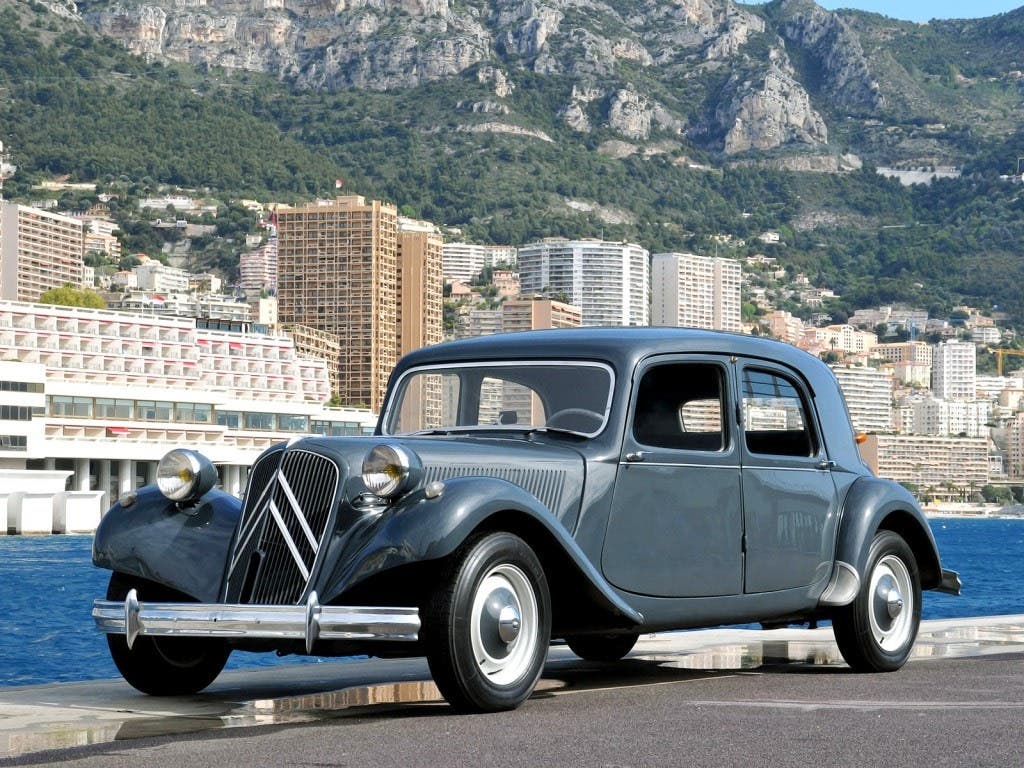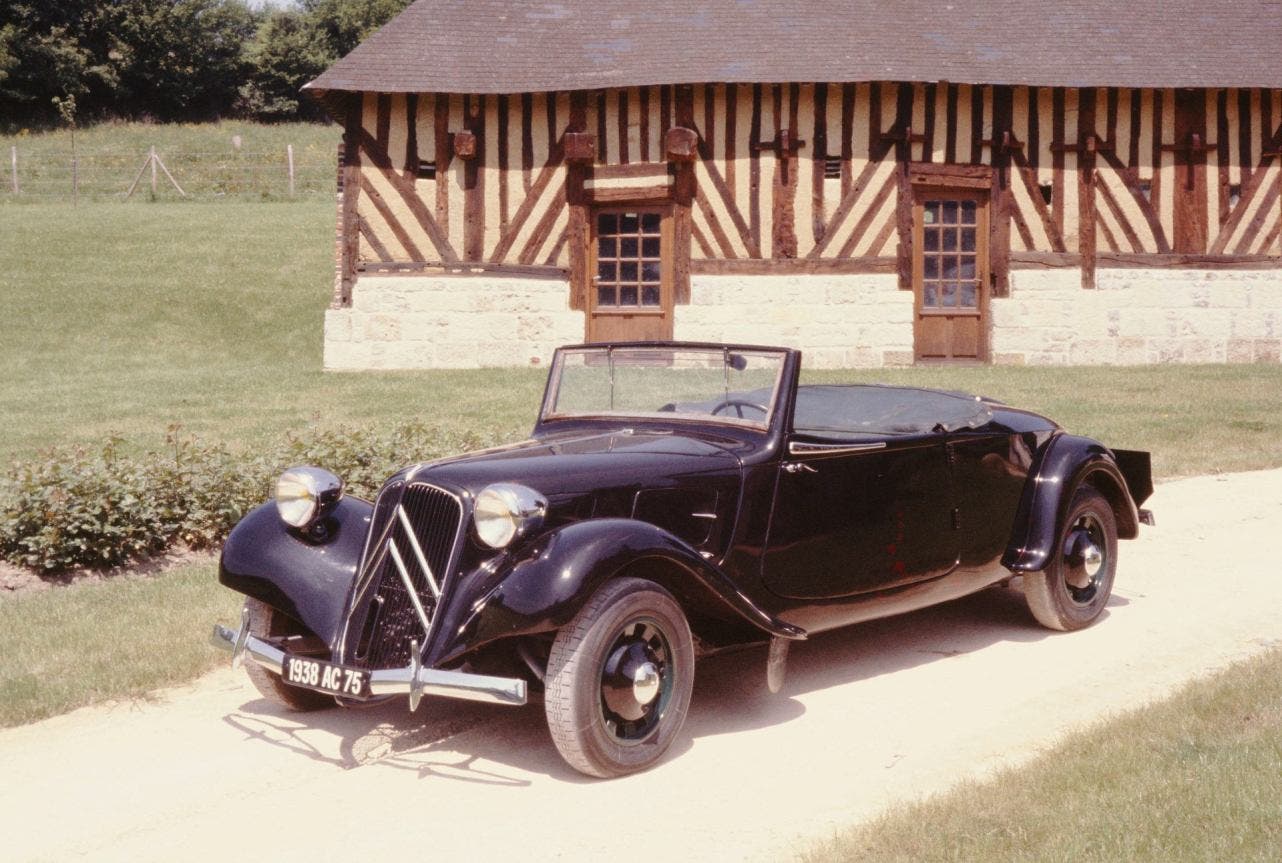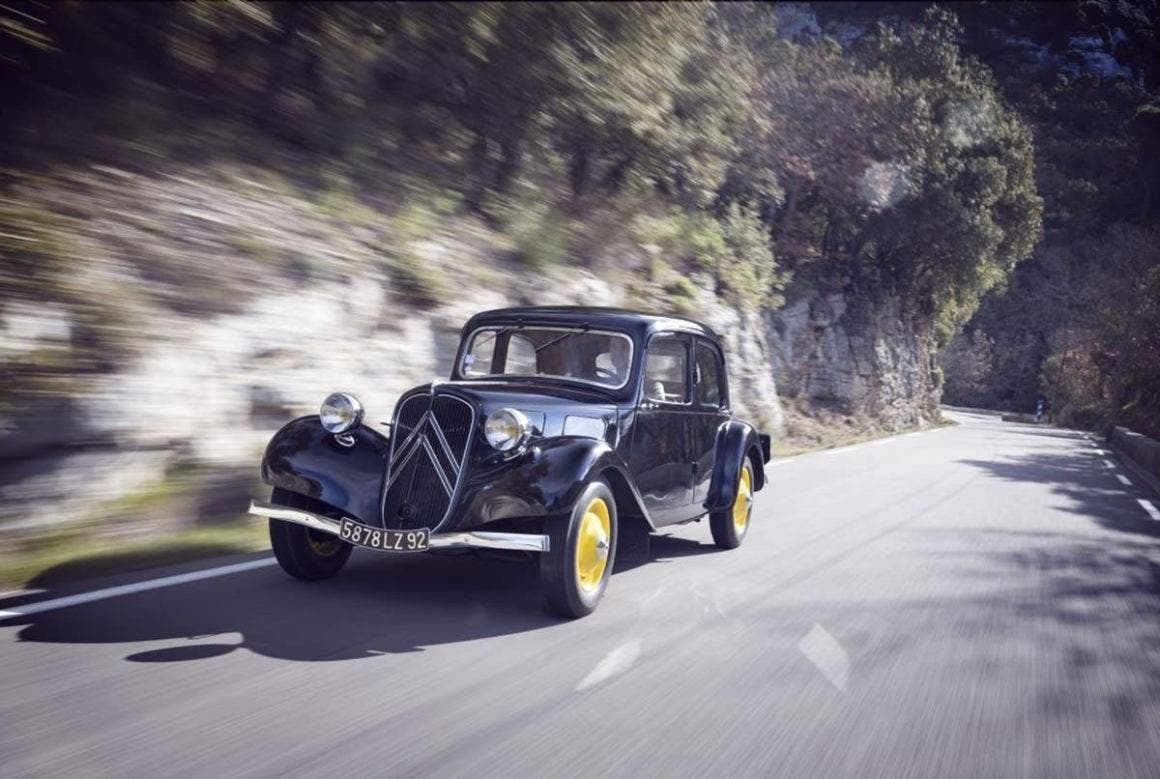On April 18, 1934, Citroën unveiled the Traction Avant at the Paris Motor Show. This revolutionary car was designed to amaze and to relaunch the Citroën brand. It was also intended to underscore the innovative spirit of an automaker that was the first to bring mass production of automobiles to Europe in 1919. Before the Traction Avant, Citroën had also invented, among other things, the half-track in 1921, the all-steel car body in 1924, and the Floating Power engine in 1932.
The Citroën Traction Avant was the revolutionary car of its time

The Citroën Traction Avant was a technological marvel that embodied all the most modern automotive innovations of its time. It featured front-wheel drive, a unibody construction, hydraulic brakes, and independent suspension on all four wheels. This combination of features made the Traction Avant the most maneuverable, safest, and most comfortable car of its era. Throughout its production run, the Traction Avant underwent several technological updates, ensuring that it remained at the forefront of automotive innovation.
Its distinctive aerodynamic styling, inspired by the “Streamline” movement, made it an iconic Citroën model that was often featured in films. The Traction Avant was a commercial success for Citroën, with over 760,000 units sold during its production run from 1934 to 1957. It helped to establish Citroën as a leader in innovation and design, and it left a lasting legacy on the automotive industry.
Even today, the Traction Avant remains an emblem of the Citroën brand, embodying its promise of design and comfort in the service of mobility. These values are still evident in the new ë-C3, which demonstrates innovation in making electric mobility accessible, and in the C5 X, which combines all the elements to make every journey a moment of absolute serenity.
In early 1933, when the decision was made to replace the Citroën 8, 10, and 15, which had been presented in October 1932, André Citroën wanted to make a bold move and take the entire competition by surprise by launching a completely revolutionary car. His goal was to be at least two years ahead of the competition, also to protect himself from the effects of the global economic crisis of the early 1930s, which was beginning to make itself felt heavily in Europe. This new car had to be particularly remarkable and embody the maximum of technical innovations.

For the Traction Avant, an all-steel monocoque body was used, which allowed the center of gravity to be lowered considerably. It had front-wheel drive, a floating engine with overhead valves and removable liners, hydraulic brakes, independent suspension, and an automatic gearbox. Due to some problems that caused it to overheat, a three-speed manual gearbox was used. In addition to these technical innovations, the Traction Avant, which had no frame, received a lowered and aerodynamic body, both in its lines and its flat bottom.
Finally, the engine and gearbox allowed, in addition to the very low center of gravity, to position as much weight as possible forward. The first journalists and drivers were enthusiastic about the new Citroën. Never had a car made driving so safe and easy in all situations.
The handling set a new benchmark in this sector. The engine was lively, the brakes powerful and the safety perfect. All these qualities, constantly improved, for example with the adoption of rack and pinion steering from June 1936, ensured the Traction Avant a technical advantage over all other cars. This resulted in a brilliant and exceptionally long career, which only ended in July 1957, after a remarkable 23 years of production.
